From the bustling streets of Tokyo to the serene landscapes of the Scottish Highlands, every corner of the world has its own unique alcoholic beverage that embodies local traditions and flavors. In this article, we’ll explore an intriguing array of local alcoholic drinks from various cultures, delving into their fascinating origins and the stories that have shaped them into the beloved libations they are today. Join us on a global journey to discover these distinctive spirits, beers, and wines, and the rich histories behind them.
Sake (Japan)
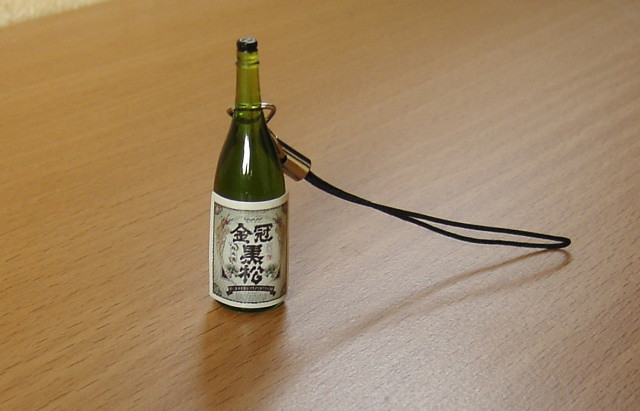
Originating in Japan, sake, a rice wine, is made by fermenting rice that has been polished to remove the bran. The quality and flavor of sake vary greatly depending on the type of rice, water, and the koji mold used in its production. Sake is unique for its brewing process similar to beer, where starch is converted into sugars before being converted to alcohol.
Scotch Whisky (Scotland)
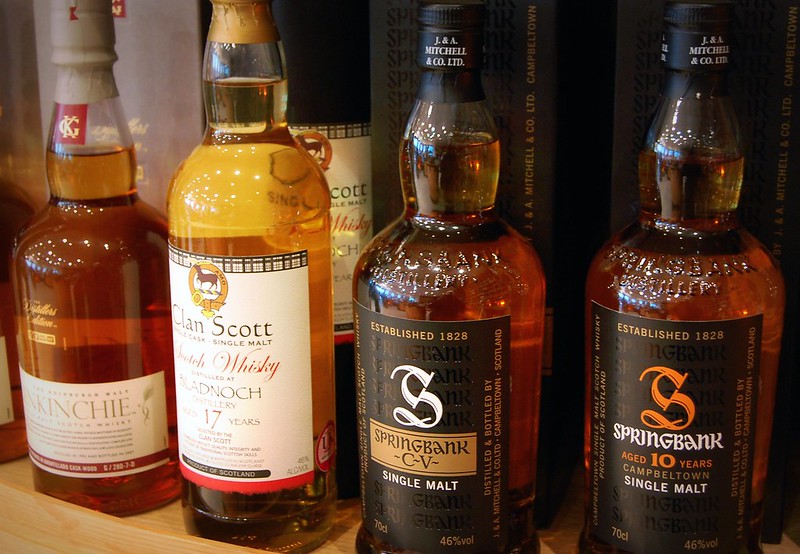
Scotch whisky, often simply called Scotch, is made primarily from malted barley and aged in oak barrels for at least three years. Each region in Scotland produces whisky with distinct characteristics, from the smoky and peaty flavors of Islay to the lighter and fruitier notes of Speyside.
Tequila (Mexico)
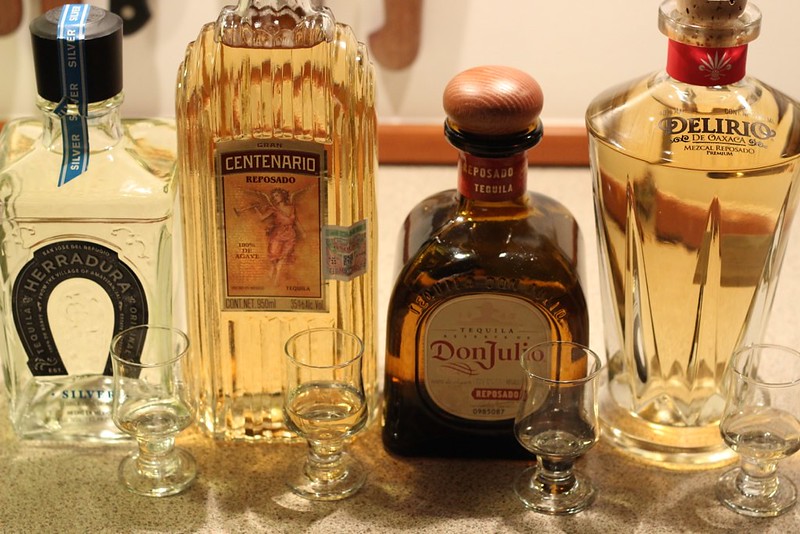
Tequila is distilled from the blue agave plant primarily in the area surrounding the city of Tequila, in the western Mexican state of Jalisco. The volcanic soil in this region lends the agave a unique flavor that is integral to tequila’s sharp, robust taste.
Bourbon (USA)
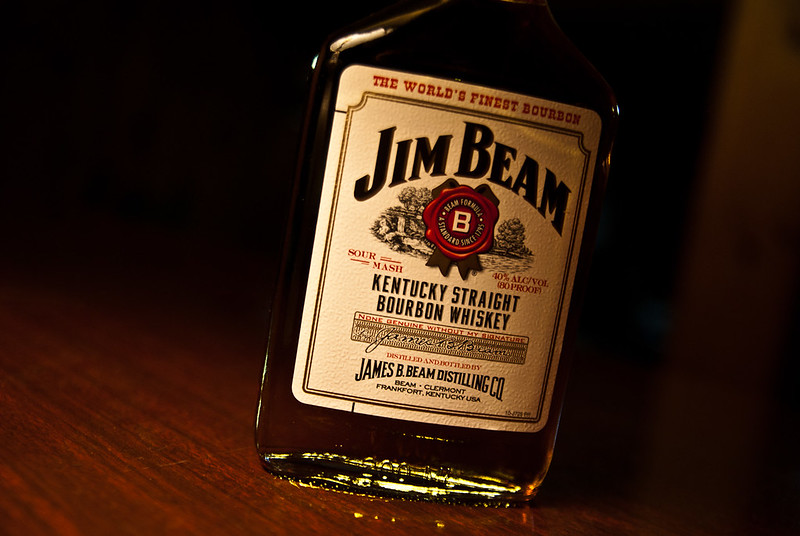
An iconic American spirit, bourbon is a type of whiskey made from a grain mixture that is at least 51% corn, aged in new charred oak containers. Bourbon is celebrated for its caramel and vanilla undertones and a robust sweetness.
Champagne (France)
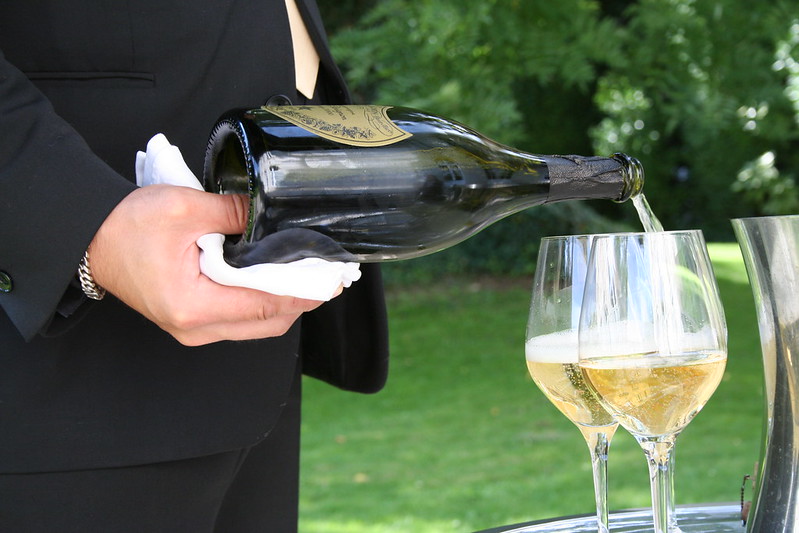
Champagne, a symbol of celebration, is a sparkling wine that must be produced within the Champagne region of France under the rules that demand secondary fermentation of the wine in the bottle to create carbonation.
Vodka (Russia and Poland)
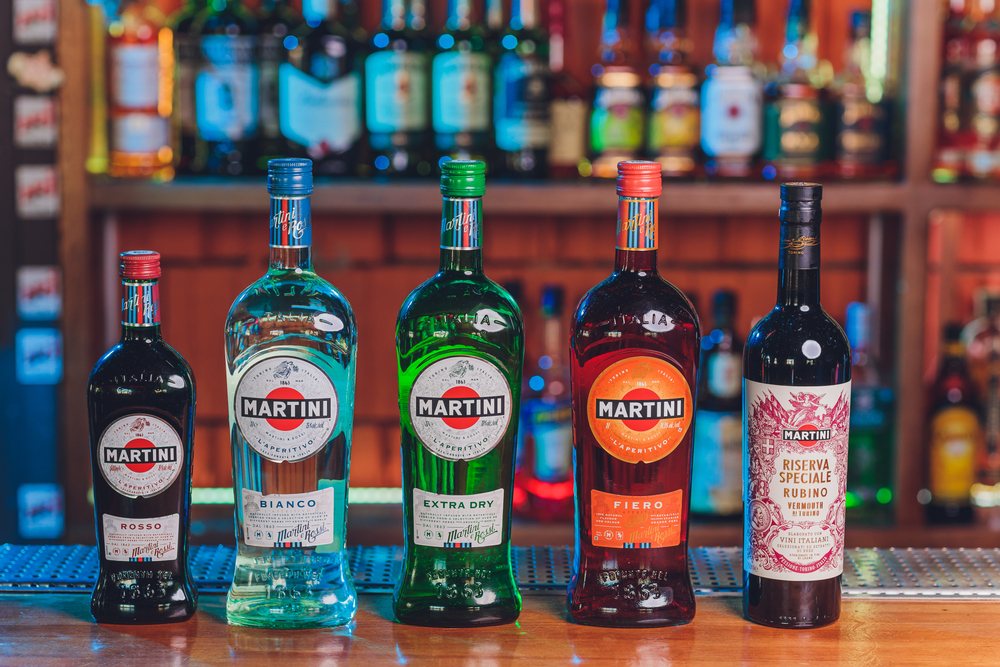
Vodka is a clear distilled alcoholic beverage with different varieties originating in Russia and Poland. It is composed primarily of water and ethanol but sometimes with traces of impurities and flavorings. Traditionally, it is made by distilling the liquid from fermented cereal grains.
Pisco (Peru and Chile)
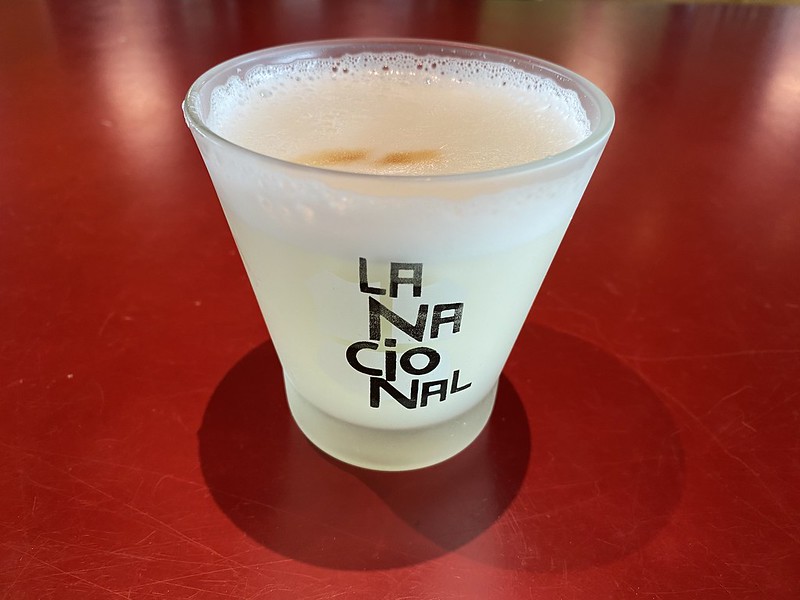
Pisco is a grape brandy produced in winemaking regions of Peru and Chile. Made by distilling fermented grape juice into a high-proof spirit, it is the base ingredient of the famous Pisco Sour cocktail. The debate over its true origin remains a point of national pride between Peru and Chile.
Cachaça (Brazil)
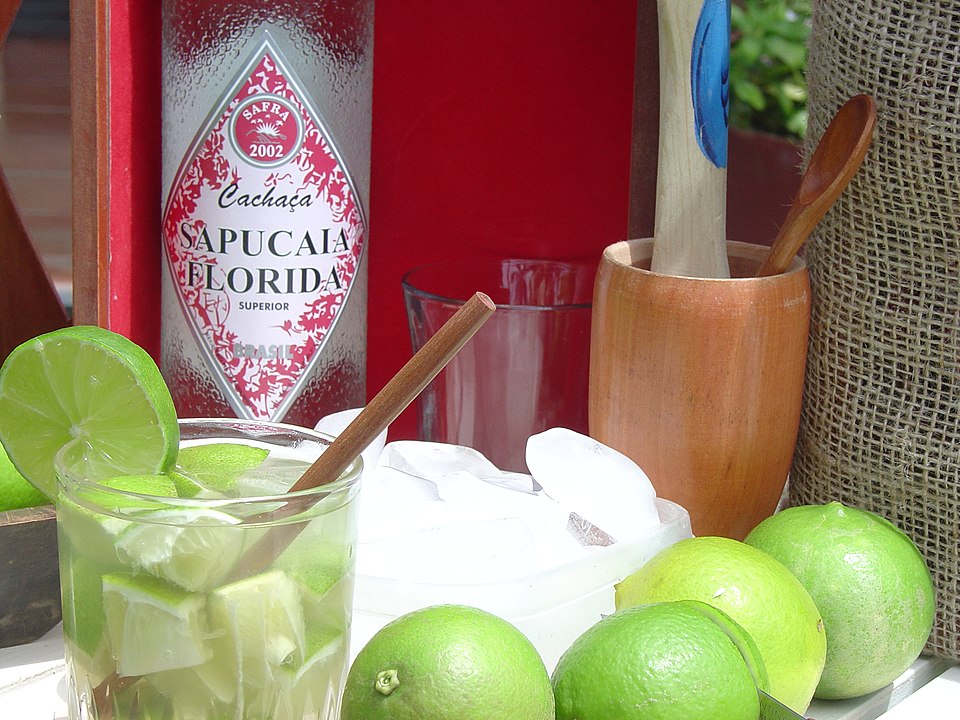
Cachaça is Brazil’s national spirit distilled from sugarcane juice. It is most famous for its role in the caipirinha, Brazil’s national cocktail. Unlike rum, which is usually made from molasses, cachaça is made from fresh sugarcane juice, giving it a fresher, grassier flavor.
Gin (United Kingdom)
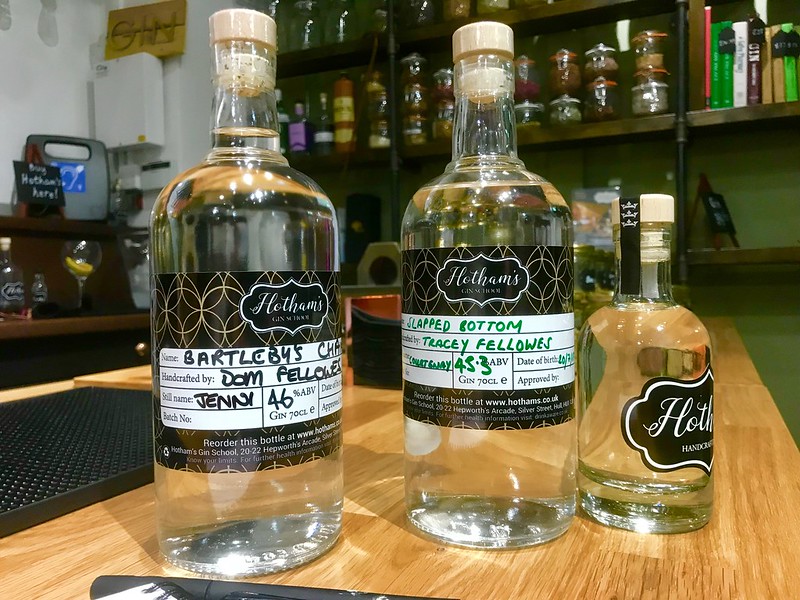
Gin originated as a medicinal liquor made by monks in Europe, further developed in the gin palaces of England in the 17th century. It is a spirit flavored predominantly with juniper berries and other botanicals. The complexity of gin comes from the perfect balance of juniper with various botanicals.
Soju (South Korea)
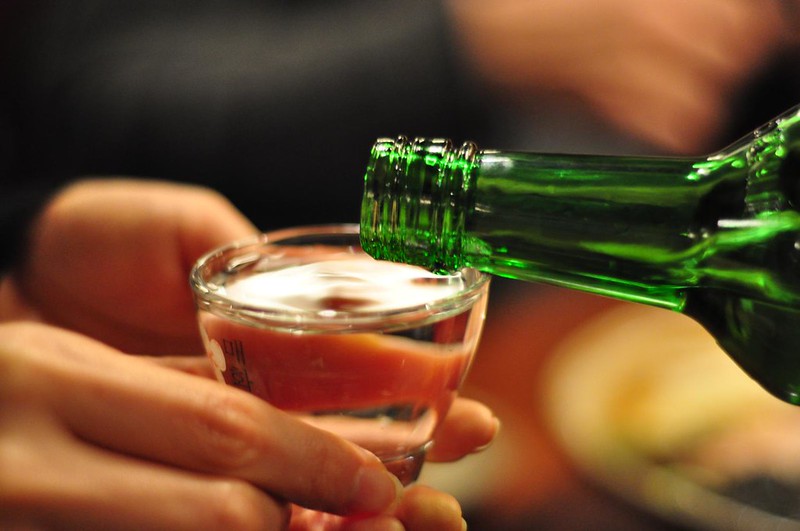
Soju is a clear, colorless distilled beverage native to Korea. Traditionally made from rice, wheat, or barley, modern soju is often made from starches like potatoes. It’s known for its versatility and mild flavor, making it a popular choice in Korean drinking culture.
Rum (Caribbean)
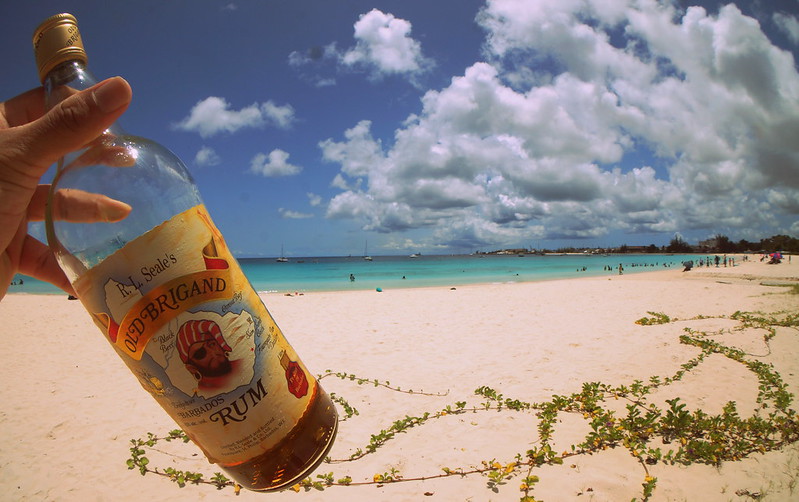
Rum is made from sugarcane byproducts, such as molasses, or directly from sugarcane juice, through a process of fermentation and distillation. The spirit is then aged in oak barrels. The Caribbean islands are renowned for their production of rum, which is integral to the cultural and historical identity of the region.
Ouzo (Greece)
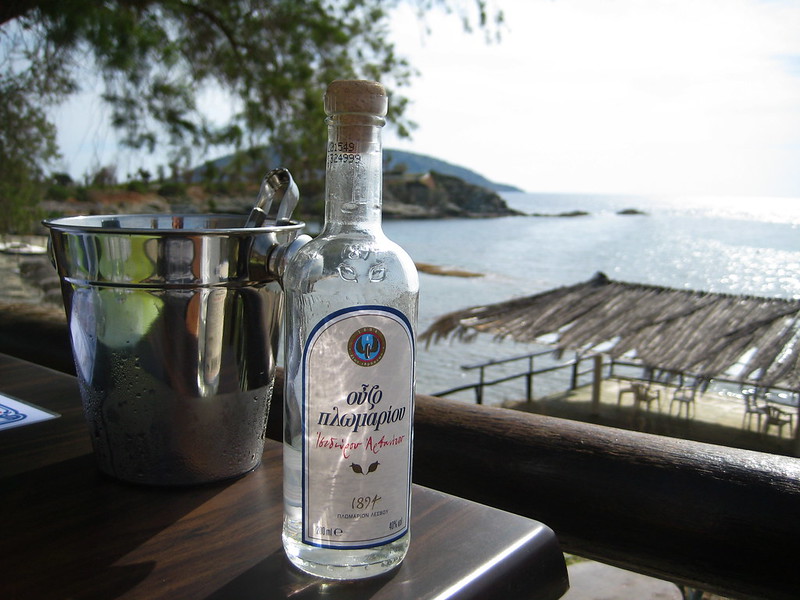
Ouzo is a dry anise-flavored aperitif that is widely consumed in Greece and Cyprus. Its taste is similar to other anise-based spirits like raki and pastis. Ouzo production begins with distillation in copper stills and is then flavored primarily with anise, which gives it a licorice taste.
Grappa (Italy)
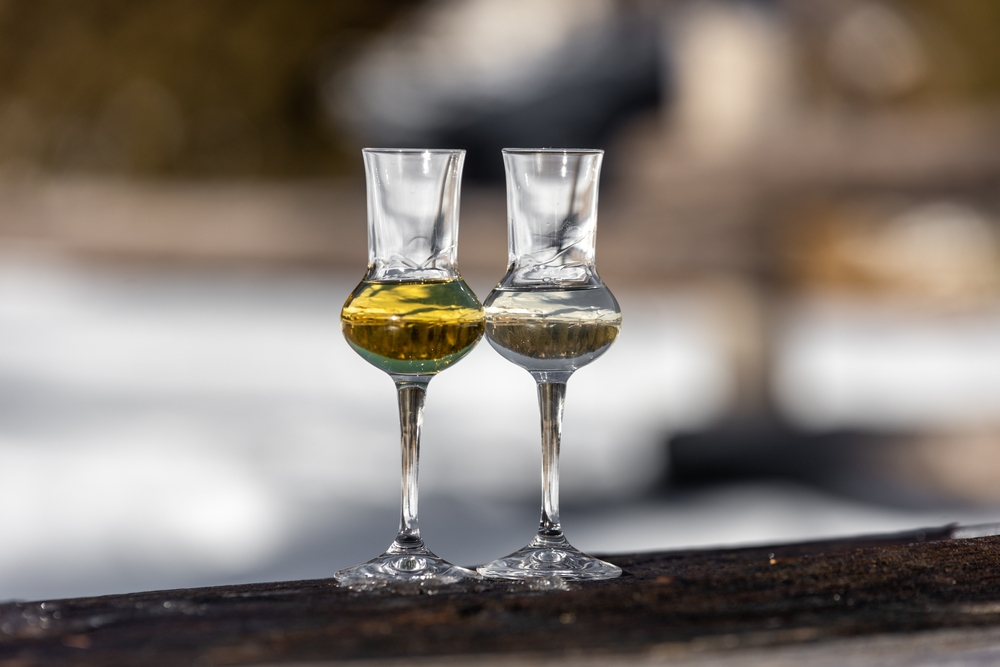
Grappa is an Italian brandy distilled from the pomace (the leftover grape skins, seeds, and stems) after the grapes have been pressed in winemaking. It’s a unique use of viniculture byproduct, aiming to extract the remaining flavor and alcohol from grape refuse.
Mezcal (Mexico)
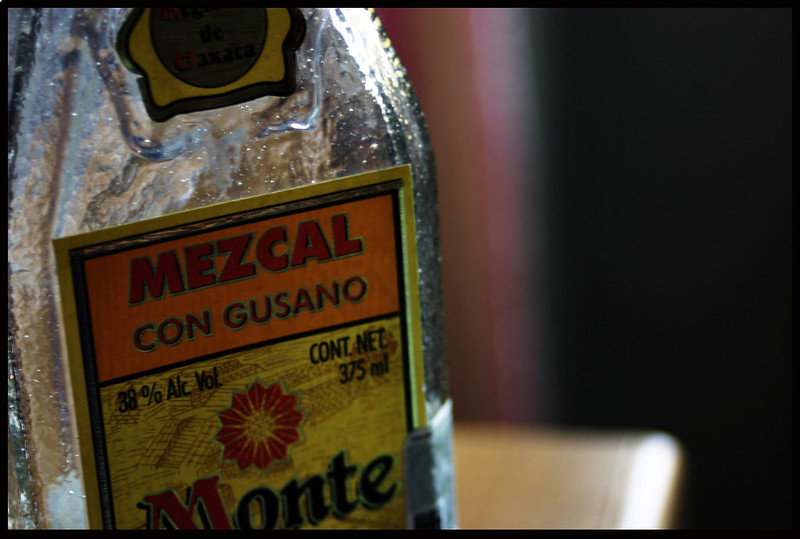
Mezcal is similar to tequila in that it is made from agave, but it can be produced from over 30 types of agave (tequila is only from blue agave) and is made throughout most of Mexico. Unlike tequila, which is typically produced by steaming the agave inside ovens, mezcal is traditionally made in pit ovens, which are earthen mounds over pits of hot rocks. This process gives mezcal a distinctively smoky flavor.
Palinka (Hungary)
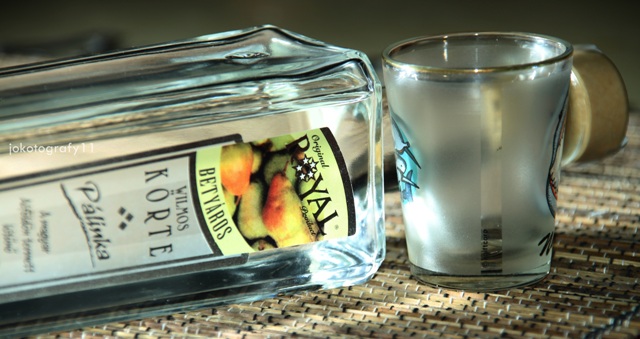
Palinka is a traditional fruit brandy in Hungary, distilled from a variety of fruits grown mainly on the Great Hungarian Plain. It is a strong and intense spirit, celebrated in Hungarian culture with the saying, “What can be used to prepare jam can be used to make palinka.”
Aquavit (Scandinavia)
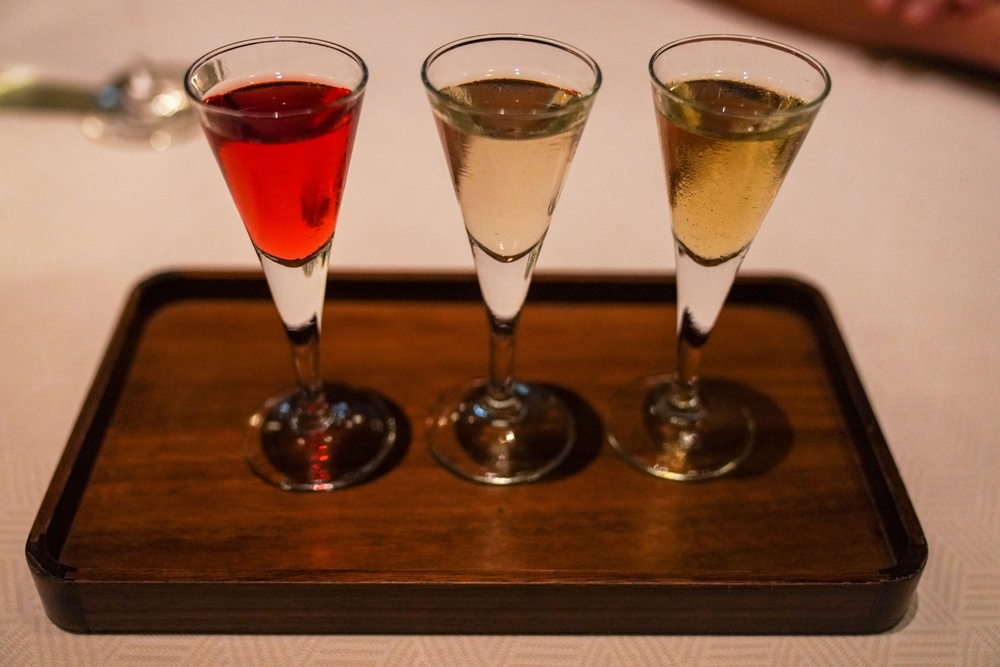
Aquavit is a flavored spirit that is principally produced in Scandinavia, where it has been produced since the 15th century. Caraway or dill is the dominant flavor, often seen as a reflection of Scandinavian cuisine and gastronomy.
Arak (Middle East)
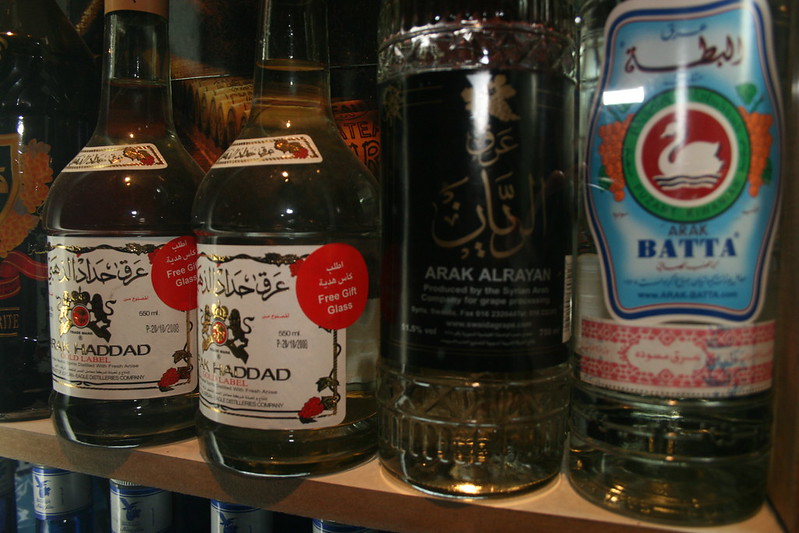
Arak, the traditional alcoholic beverage in Lebanon and the Middle East, is made from grapes distilled with aniseed. It is usually mixed with water and served with ice, which turns the clear liquid milky-white. The drink tastes similar to ouzo and serves as a perfect complement to meze.
Baijiu (China)
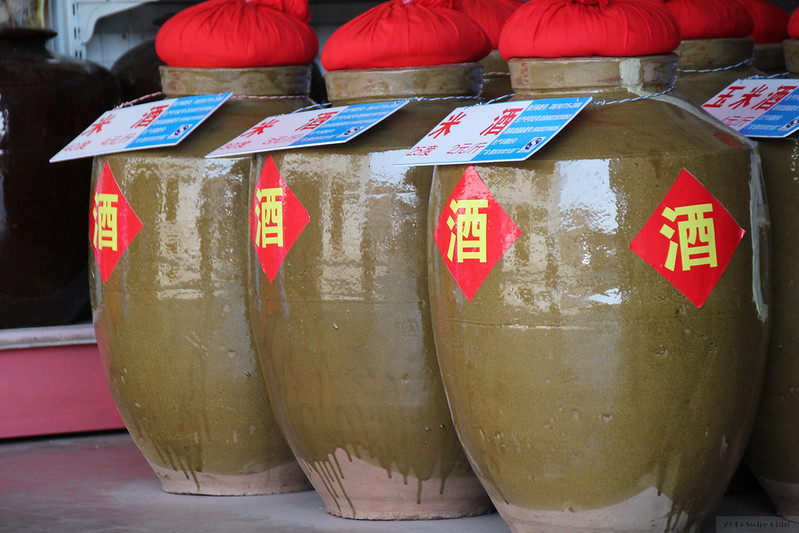
Baijiu is a clear, potent spirit that has been distilled in China for centuries. It is made from sorghum or other grains; the key to its strong, distinctive flavor is fermentation in solid-state, which occurs in large, subterranean pits.
Raki (Turkey)
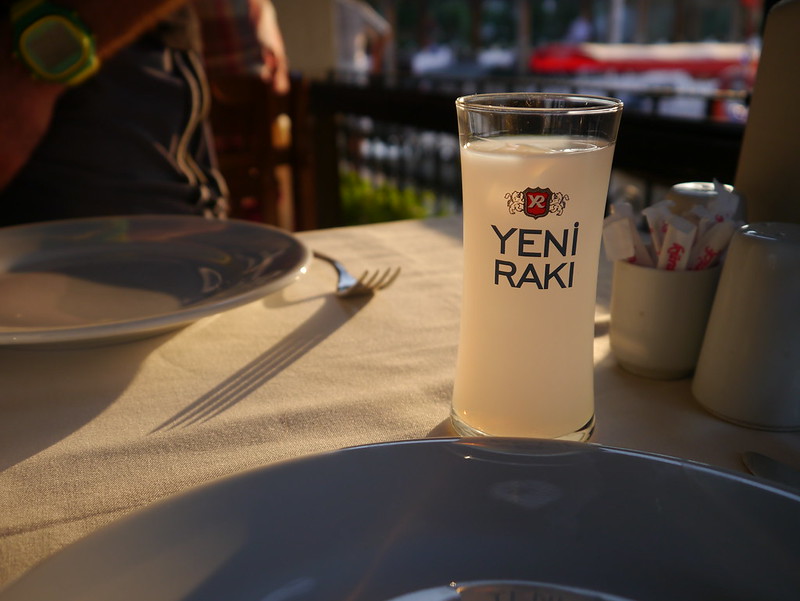
Raki, sometimes called ‘lion’s milk’, is a potent Turkish spirit made from twice-distilled grapes and aniseed. Raki is a cultural symbol in Turkey, often served with seafood or meze.
Schnapps (Germany/Austria)
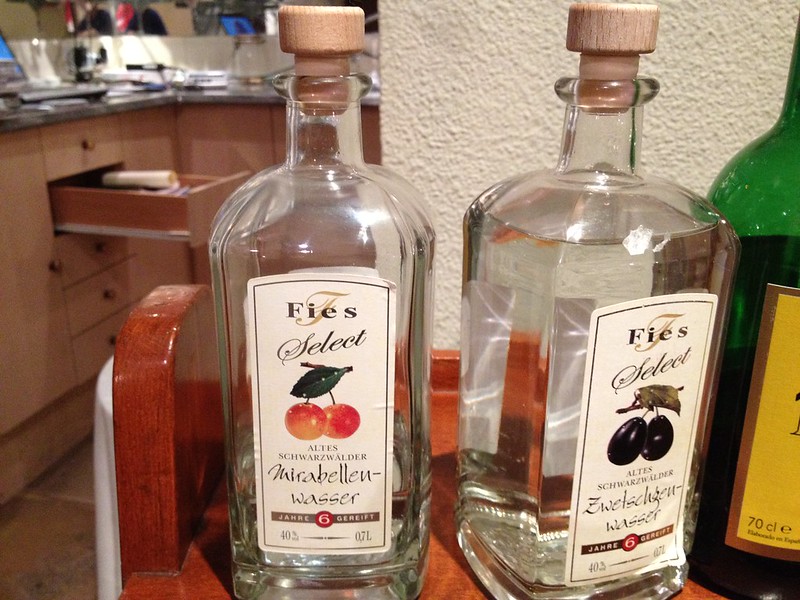
Schnapps in Germany and Austria refers to any kind of strong alcoholic drink but is commonly associated with fruit brandies, which are often homemade in rural regions. These spirits are distilled from fermented fruit and are typically drunk as digestifs.
Port Wine (Portugal)
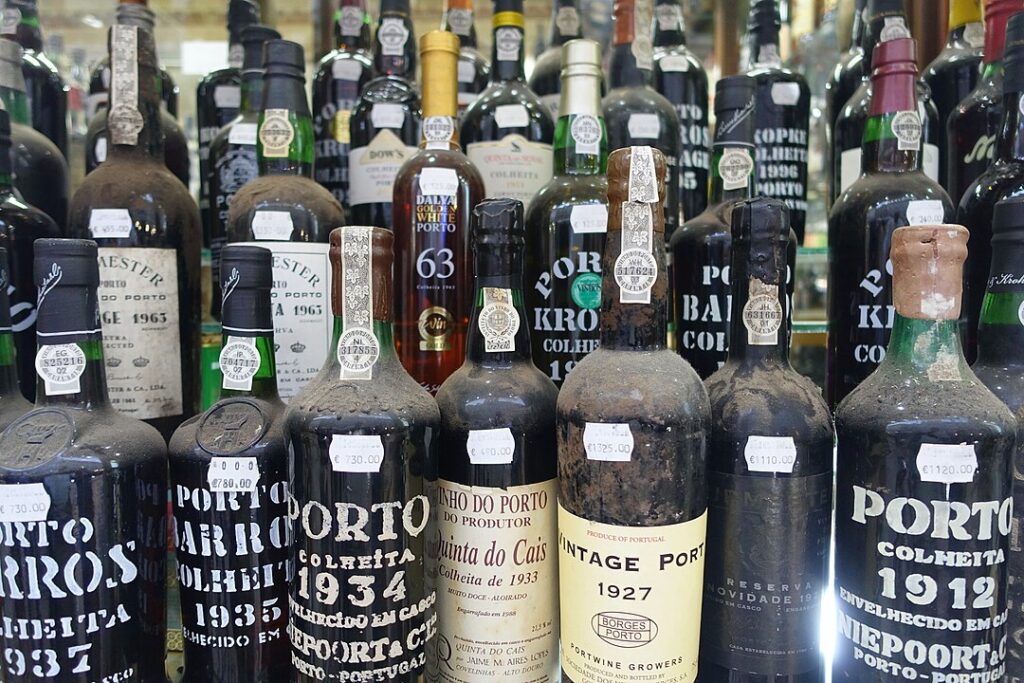
Port wine is a Portuguese fortified wine produced in the Douro Valley in the northern provinces of Portugal. It is typically a sweet, red wine, often served as a dessert wine, though it also comes in dry, semi-dry, and white varieties.
Shochu (Japan)
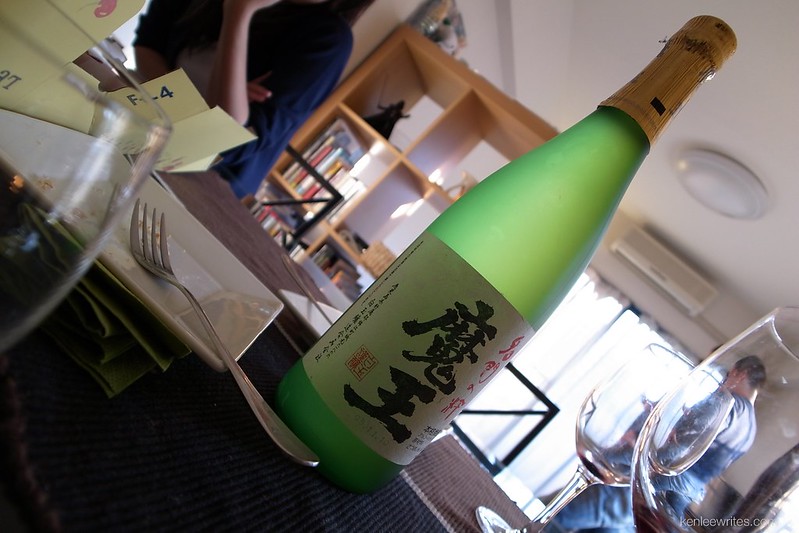
Shochu is a Japanese spirit that is typically distilled from barley, sweet potatoes, or rice. It can be consumed in many ways and has a lighter flavor than sake. It is distinct in its versatility and the variety of distillation processes it undergoes, which influence its final flavor.
Amaretto (Italy)
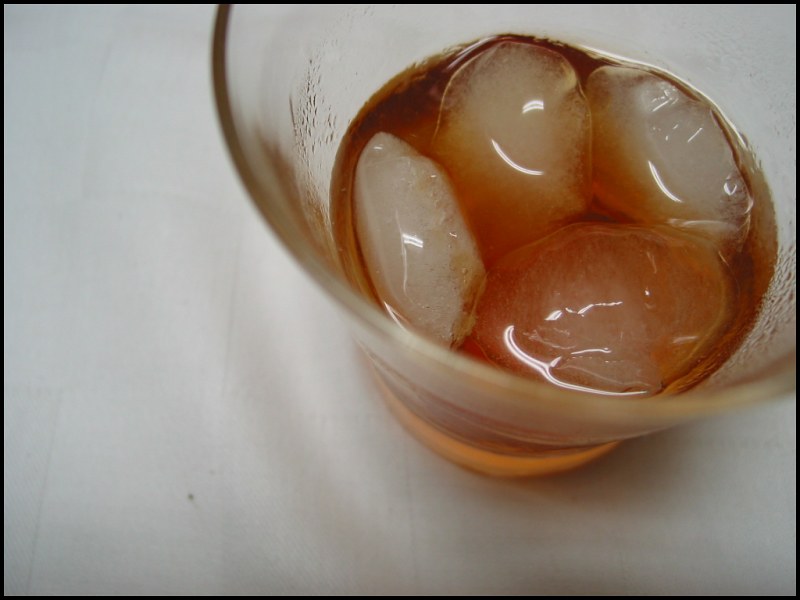
Amaretto is an Italian liqueur that dates back to the 16th century. Originating from Saronno, it is made from either apricot pits or almonds, both of which give it a sweet, slightly bitter taste of almond.
This article originally appeared on UnifyCosmos.
More from UnifyCosmos
21 Iconic Video Games That Revolutionized the Industry

Video games have become an integral part of our cultural landscape, shaping not just entertainment but also technology and storytelling. In this exploration of groundbreaking video games, we delve into the titles that have left an indelible mark on the gaming industry. Read More
22 Small Gestures That Strengthen Any Relationship

In relationships, small gestures like a gentle touch or a shared smile can hold immense significance, creating strong bonds between individuals. These seemingly insignificant moments play a crucial role in shaping lasting connections, whether in romantic, familial, or platonic relationships. Read More
20 Healthy Recipes for Glowing Skin and Hair
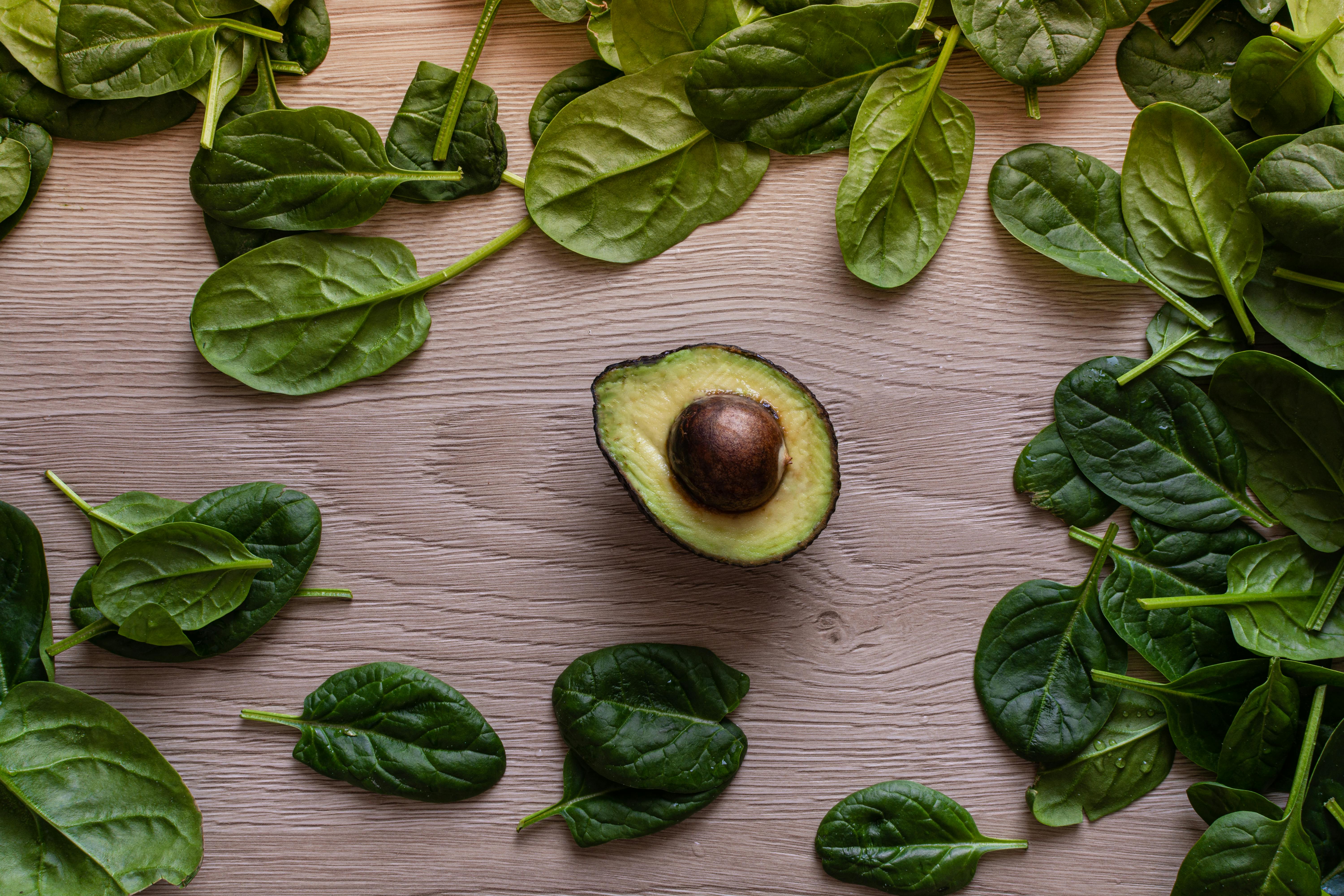
Achieving glowing skin and lustrous hair isn’t just about the products you use; it’s also about what you eat. Incorporating nutrient-rich foods into your diet can make a significant difference in your overall appearance. Read More
Leave a Reply